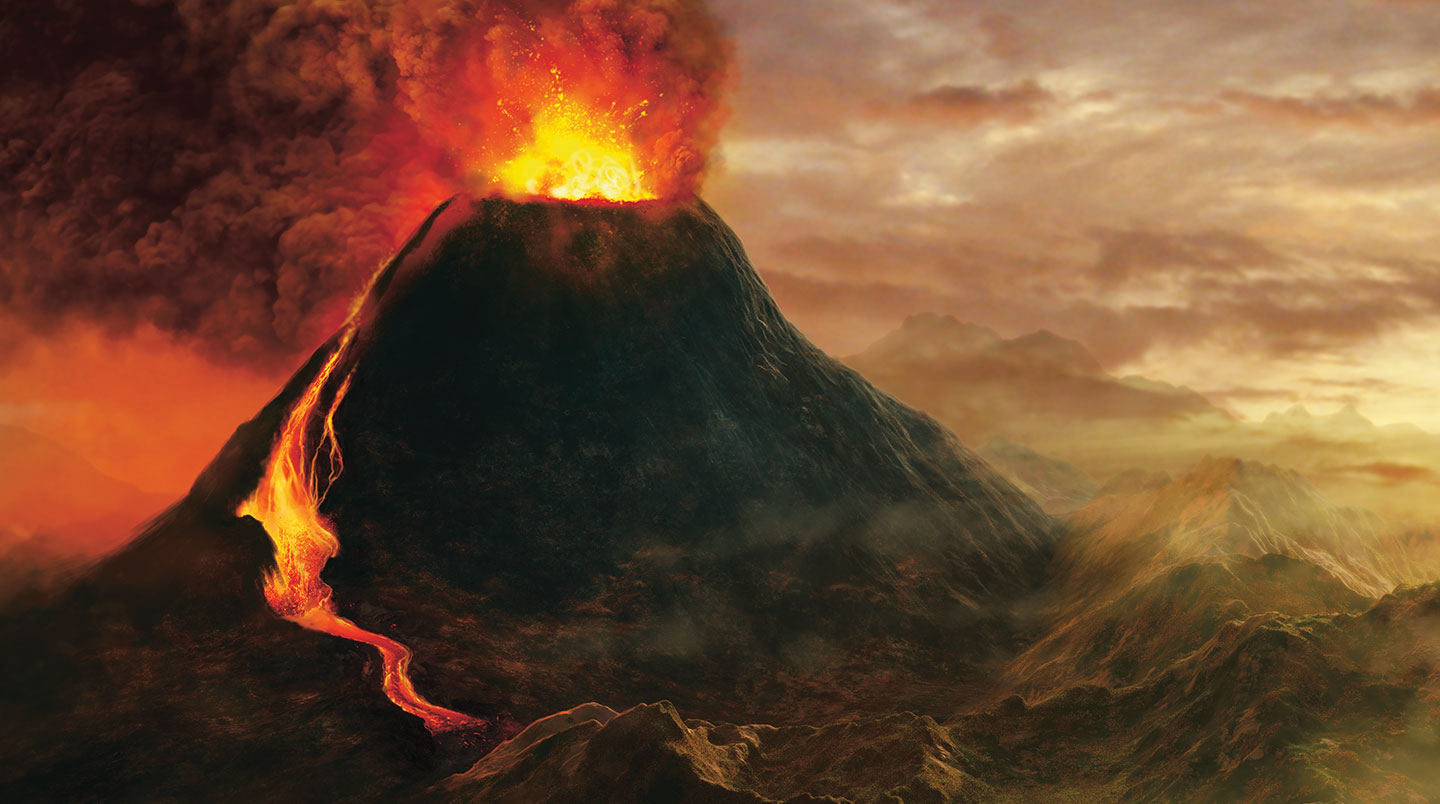Jim McMahon/Mapman®
The Roman Empire
The Roman Empire stretched across parts of Europe, Asia, and Africa. Pompeii is located in the country we now call Italy.
Let’s take a trip back to ancient Rome.
It’s going to be a long trip—nearly 2,000 years. Close your eyes and imagine it. There were no computers or cars or electric lights. America wasn’t a country yet.
Back then, much of Europe and the Middle East were part of what is known as the Roman Empire. The capital of the Roman Empire was the city of Rome.
It’s going to be a fascinating trip. But it will also be frightening. You’re about to witness one of the worst disasters in the history of the world.
Let’s take a trip back to ancient Rome.
We’re going back nearly 2,000 years. There were no computers. There were no cars or electric lights. America wasn’t a country yet.
Back then, much of Europe and the Middle East were part of what is known as the Roman Empire. The capital of the Roman Empire was the city of Rome.
This will be an exciting trip. But it will be scary too. You’re about to witness one of the worst disasters in the history of the world.
Let’s travel back in time to ancient Rome.
It’s going to be a long trip—nearly 2,000 years. Close your eyes and imagine it: There were no computers, cars, or electric lights, and America wasn’t a country yet.
Back then, much of Europe and the Middle East were part of what is known as the Roman Empire. The capital of the Roman Empire was the city of Rome.
Your journey will be fascinating, but it will also be frightening—because you’re about to witness one of the worst disasters in the history of the world.

